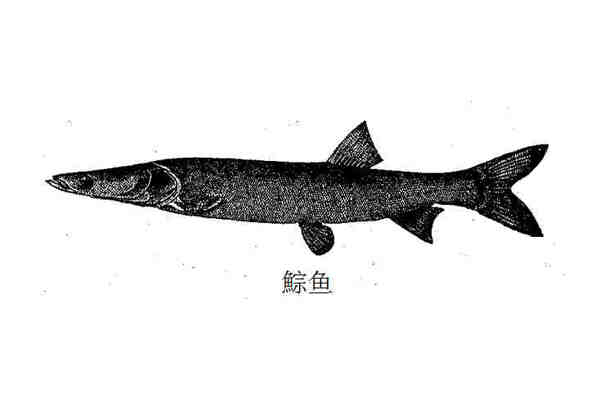
Alias Luciobramamacrocephalus,longspiky-head carp,Blowgun, pointed-headed catfish, horse-headed catfish, duck-billed catfish, trumpet fish, catfish, catfish
Family Cypriniformes Cyprinidae Cyprinus
Life No verification information
The Latin name of the carp is Luciobramamacrocephalus, and the English name is longspiky-head carp. It is a large predatory fish and a species endemic to my country.

The carp is a large economic fish, fierce in nature, and likes to live alone. Individuals under 30 cm are generally active in the middle and upper layers of the water body, while larger individuals mostly live in the middle and lower layers. They have semi-migratory habits in rivers and lakes. Males reach sexual maturity at 4 winters and females at 5 winters. The reproductive period is from April to July, and mature broodstock migrate upstream to places with fast currents in rivers to reproduce and lay floating eggs. They are ferocious, and fatten in lakes during the juvenile stage. They eat cladocerans and fry during the fry stage; adult fish turn to fish, often using their long tubular snouts to forage for small fish in cracks between rocks or in waterweeds. The maximum weight can reach more than 50 kg, and the natural yield is not high.
Overfishing is one of the main reasons for the decline in the resources of the black carp; coupled with the barrier of rivers and lakes, it is difficult for its young fish to enter lakes to live and fatten; in addition, the overall decline in the amount of fish resources in major rivers has a greater impact on large and medium-sized carnivorous fish, so food shortage is also the reason for the significant reduction of this species.
Listed in the "Red List of Chinese Species": Vulnerable (VU)
Listed in the "Red Book of Endangered Animals in China - Fish": Vulnerable.
Listed in the second level of China's "National Key Protected Wildlife List" (February 5, 2021).
Protect wild animals and eliminate game.
Maintaining ecological balance is everyone's responsibility!